Diabetes is a medical condition that affects millions of people worldwide. It is a chronic disease that affects the body’s ability to produce or use insulin, which is a hormone responsible for regulating blood sugar levels. High blood sugar levels can damage nerves and blood vessels in the feet, leading to foot ulcers, infections, and other complications. Diabetic socks are specially designed to help prevent foot complications in people with diabetes. In this blog, we will discuss the different types of diabetic socks available.

Compression Socks
A popular type of diabetic sock that is designed to improve circulation in the feet and legs. They are made with a tight-fitting fabric that puts pressure on the feet and legs, helping to reduce swelling and improve blood flow. Compression socks can also help reduce the risk of blood clots in the legs, which is a common complication in people with diabetes.
Compression socks come in different levels of compression, ranging from mild to firm compression. Mild compression socks provide the least amount of pressure and are suitable for people with mild swelling or circulation problems. Firm compression socks provide the highest amount of pressure and are suitable for people with more severe circulation problems.
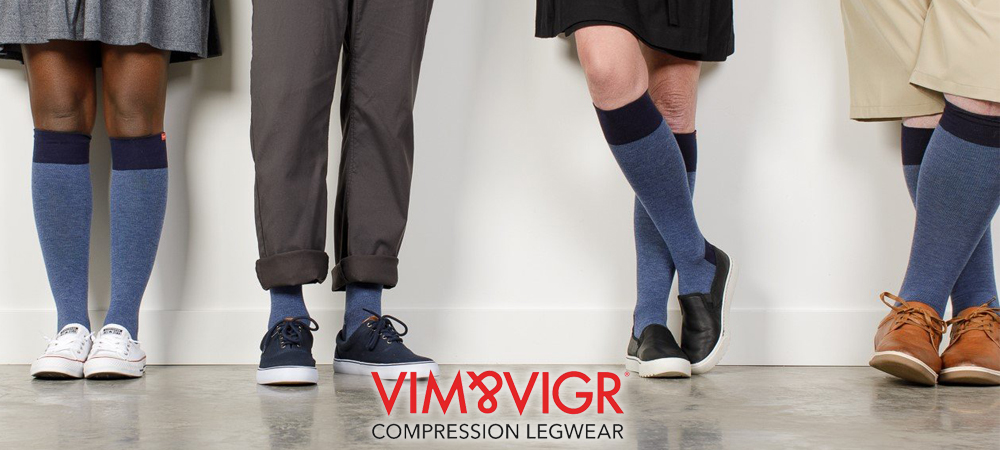
Non-Compression Socks
These socks are designed for people with diabetes who do not need the extra pressure provided by compression socks. They are made with soft, breathable materials that are gentle on the skin and do not constrict blood flow.
Non-compression socks come in different styles, including ankle socks, crew socks, and knee-high socks. Non-compression socks can also include special features, such as seamless toes and padded soles, to help prevent blisters and protect the feet.
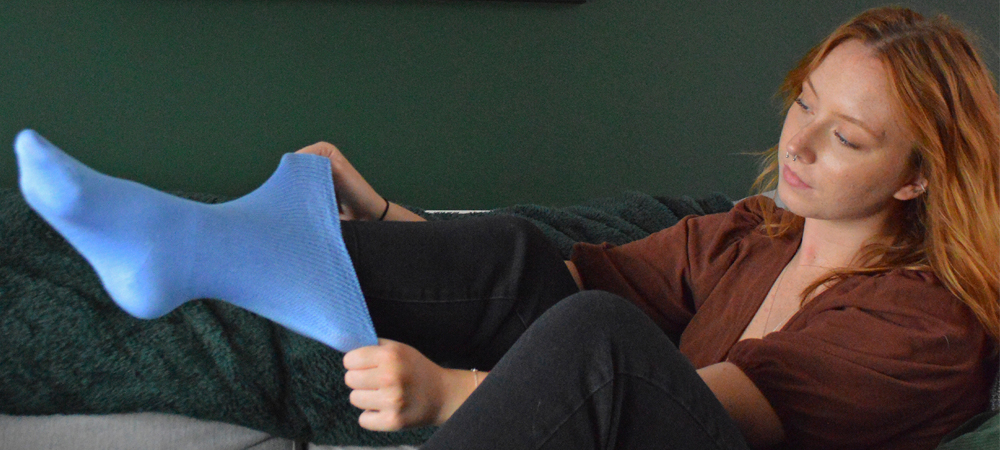
Moisture-Wicking Socks
Designed to keep the feet dry and prevent bacterial and fungal growth. They are made with materials that wick moisture away from the skin, such as merino wool, bamboo, and synthetic fabrics. Moisture-wicking socks can help prevent foot odor, blisters, and infections.

Antimicrobial Socks
These socks are designed to prevent bacterial and fungal growth in the feet. They are made with materials that have antimicrobial properties, such as silver fibers or copper. Antimicrobial socks can help prevent foot infections and reduce foot odor.

Diabetic Slipper Socks
Created for indoor use, Diabetic Slipper Socks provide extra comfort and warmth. They are made with soft, breathable materials and have a non-slip sole to prevent falls. Diabetic slipper socks can help prevent foot injuries and keep the feet comfortable while at home.

Diabetic Dress Socks
They are made to look like regular dress socks but have special features to help prevent foot complications. They are made with soft, breathable materials and have a non-binding top to prevent constriction. Diabetic dress socks can also include extra padding in the sole to help prevent blisters.
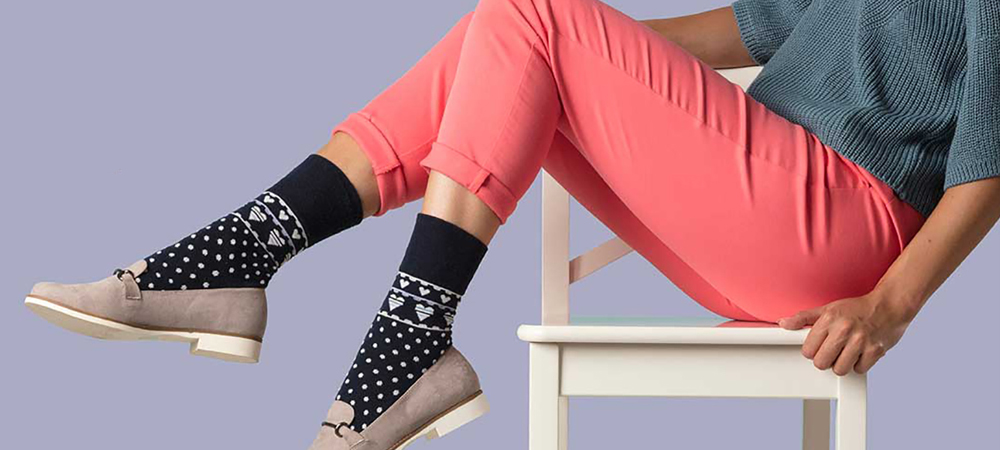
Compression Stockings
Stockings are similar to compression socks but are designed to cover the entire leg. They are commonly used to prevent blood clots in people with diabetes who have poor circulation in the legs. Compression stockings come in different levels of compression and can be worn during the day or at night.
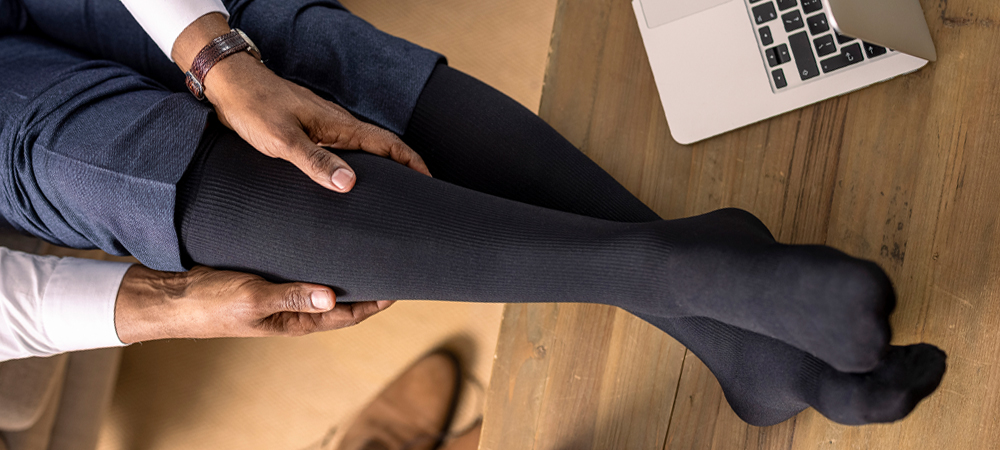
Diabetic Crew Socks
Crew socks are a type of non-compression sock that provides extra comfort and protection for the feet. They are made with soft, breathable materials and have a non-binding top to prevent constriction. Diabetic crew socks can also include extra padding in the sole to help prevent blisters.
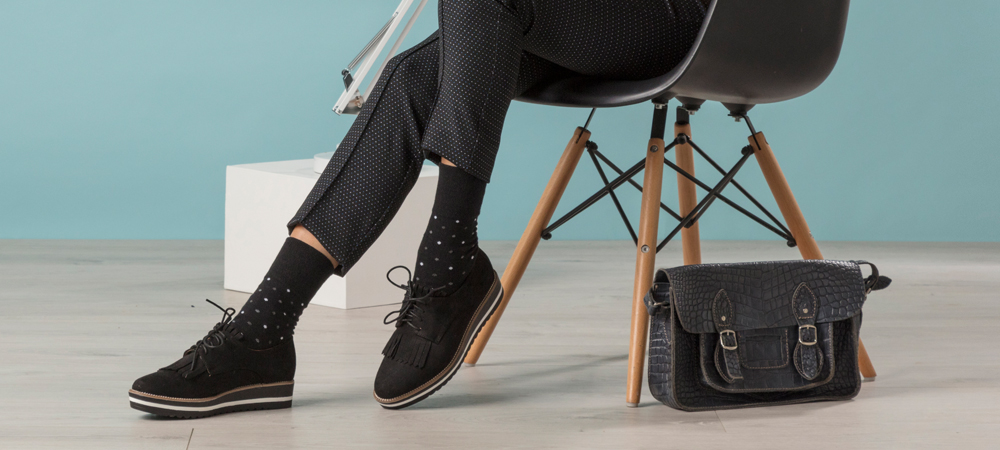
Diabetic Quarter Socks
These socks are a shorter version of diabetic crew socks and provide extra comfort and protection for the feet. They are made with soft, breathable materials and have a non-binding top to prevent constriction. Diabetic quarter socks can also include extra padding in the sole to help prevent blisters.
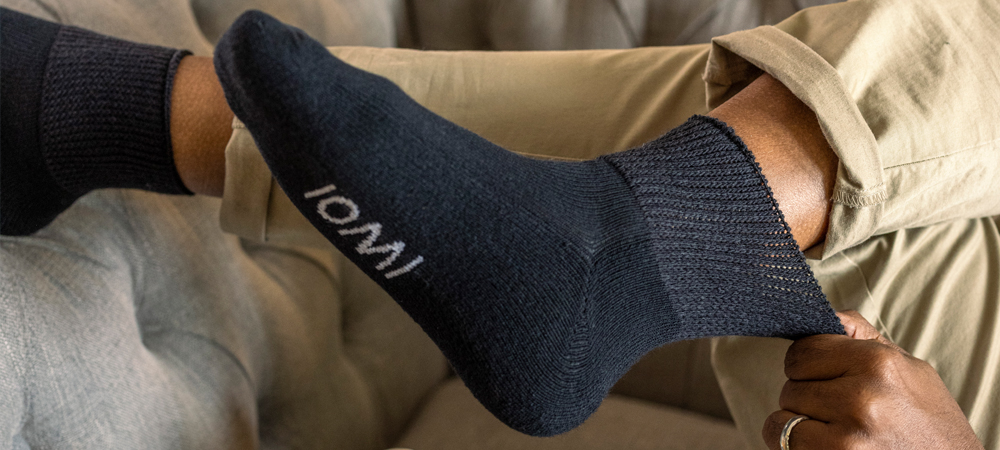
Toe Socks
A unique type of diabetic sock that is designed to fit each toe individually. They are made with soft, breathable materials and have a non-binding top to prevent constriction. Toe socks can help prevent blisters and reduce the risk of fungal infections between the toes.

Silver Socks
A type of antimicrobial sock that is designed to prevent bacterial and fungal growth in the feet. They are made with silver fibers that have antimicrobial properties and can help prevent foot infections and reduce foot odor.
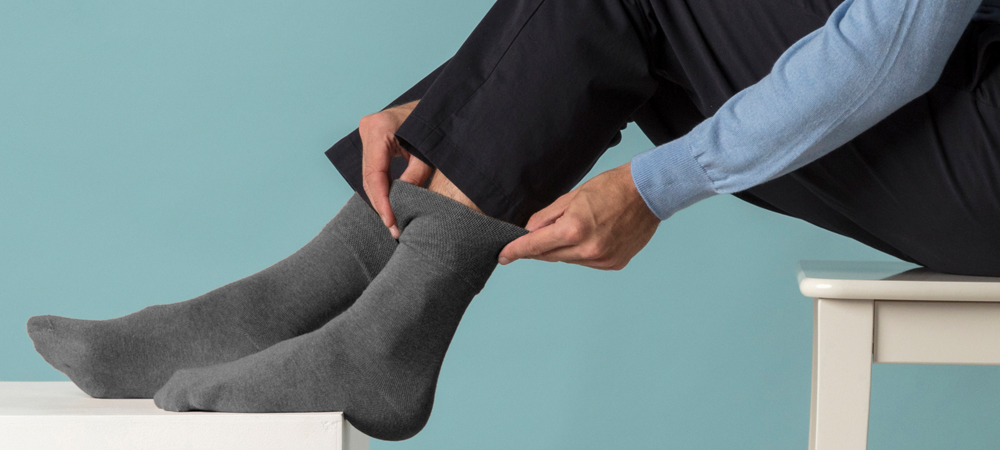
Bamboo Socks
Bamboo is an amazingly soft material and a type of moisture-wicking sock that is designed to keep the feet dry and prevent bacterial and fungal growth. They are made with bamboo fibers that are naturally moisture-wicking and can help prevent foot odor, blisters, and infections.

When choosing diabetic socks, it is important to consider your individual needs and preferences. Some people may prefer the extra pressure provided by compression socks, while others may prefer the soft, breathable materials of non-compression socks. It is also important to choose socks that fit properly and do not constrict blood flow.
In addition to wearing diabetic socks, there are other steps you can take to prevent foot complications in people with diabetes.
These include:
- Check your feet daily for cuts, sores, or blisters.
- Wash your feet daily with warm water and mild soap.
- Dry your feet thoroughly, especially between the toes.
- Apply moisturizer to your feet to prevent dry skin.
- Wear shoes that fit properly and do not cause rubbing or pressure points.
- Avoid walking barefoot, especially on hot surfaces.
- Trim your toenails straight across and not too short.
- Visit your healthcare provider regularly for foot exams.
In conclusion, diabetic socks are a crucial component in preventing foot complications in people with diabetes. They are available in different types and styles, including compression socks, non-compression socks, moisture-wicking socks, antimicrobial socks, diabetic slipper socks, diabetic dress socks, compression stockings, diabetic crew socks, diabetic quarter socks, toe socks, silver socks, and bamboo socks. It is important to choose socks that fit properly and meet your individual needs and preferences. By taking these steps and following good foot care practices, people with diabetes can help prevent foot complications and maintain healthy feet.








